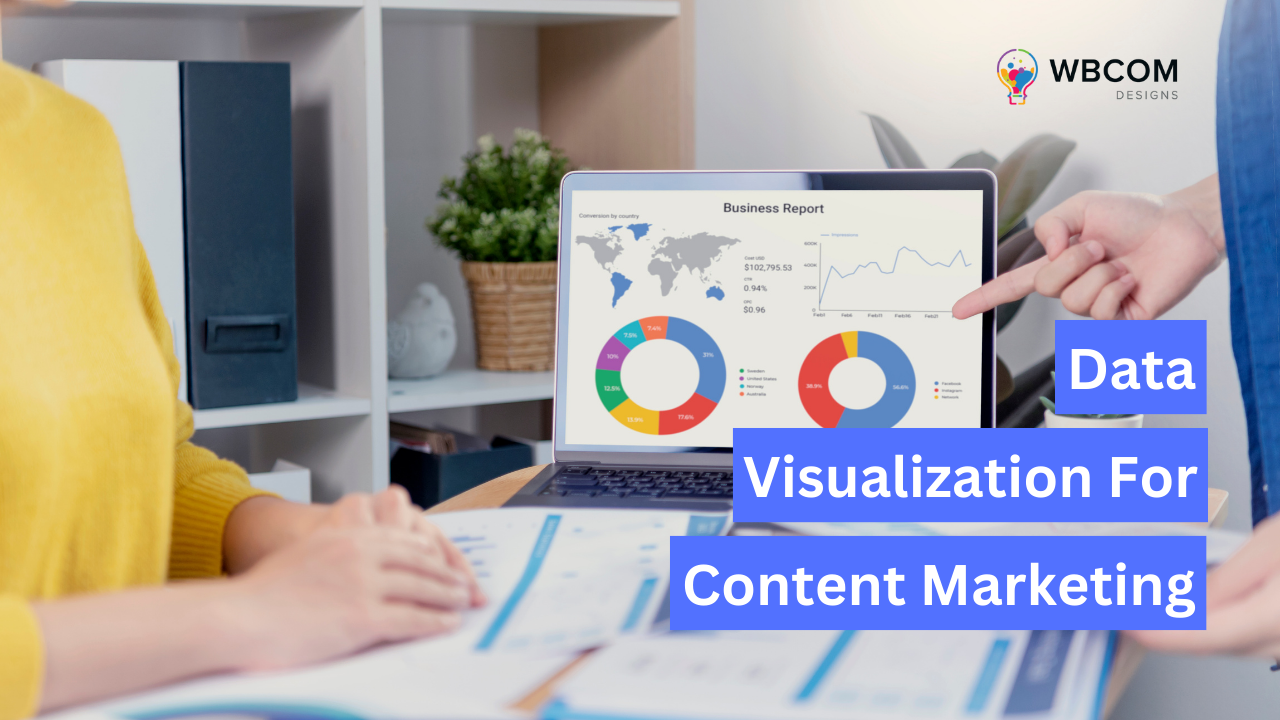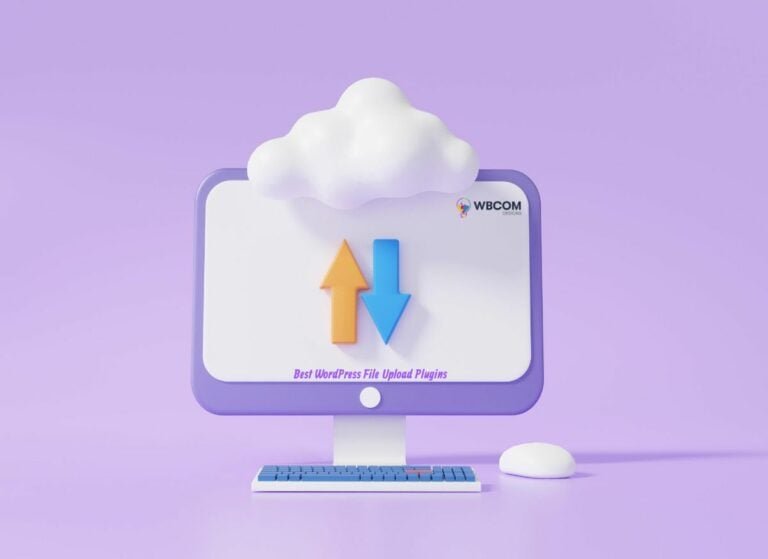In the ever-evolving digital landscape, content marketers are constantly seeking new ways to engage their audience and communicate their message. Data visualization has emerged as a powerful tool in the content marketing toolbox, allowing marketers to tell compelling stories and bring data to life. This blog will explore the basics of data visualization, its role in creating engaging content, tools, and platforms for visualizing data, and how to create a data-driven content marketing strategy.
Table of Contents
ToggleThe Basics of Data Visualization
A. Definition and Purpose
Data visualization is the graphical representation of data and information, helping users to understand complex data sets and identify patterns, trends, and correlations. It allows marketers to present data in a visually appealing and easily digestible format, making it an essential component of content marketing.
B. Common Types of Data Visualizations
- Bar charts: Display categorical data with rectangular bars proportional to the values they represent.
- Pie charts: Represent proportions of a whole using circular segments.
- Line graphs: Plot data points connected by lines to show trends over time.
- Area charts: Similar to line graphs, but with the area between the line and axis filled in.
- Scatter plots: Show the relationship between two variables using dots plotted on a coordinate plane.
C. Key Principles for Effective Data Visualization
- Clarity: Ensure that your visualization is easy to understand and free from distractions.
- Simplicity: Avoid overcomplicating the design and focus on the most important data.
- Accuracy: Use accurate and reliable data sources to maintain credibility.
- Consistency: Maintain a consistent design and color scheme throughout your visualizations.
- Relevance: Ensure that your visualization is relevant to your target audience and supports your message.
Also Read: Landing Page vs Sales Page: Which One Is Right for You?
Data Visualization for Engaging Content
A. Role of Data Visualization in Storytelling
Data visualizations enable content marketers to present complex information in an engaging and easily digestible format, allowing readers to quickly grasp the key points. By incorporating visualizations into your content, you can create a more immersive and memorable experience for your audience.
B. Choosing the Right Visualization Format for Your Content
Selecting the appropriate visualization format depends on the type of data you’re working with and the message you want to convey. Consider your audience’s needs, preferences, and level of expertise when selecting the best format for your content.
C. Enhancing Your Content with Interactive Visualizations
Interactive visualizations encourage user engagement, allowing readers to explore the data and discover insights for themselves. Use tools and platforms that support interactivity to create a more dynamic and engaging content experience.
D. Case Studies: Successful Data-Driven Content Marketing Campaigns
- Example 1: A SaaS company using data visualizations to showcase product performance and user success stories.
- Example 2: A financial services firm leveraging data-driven infographics to simplify complex investment concepts.
Tools and Platforms for Data Visualization
A. Popular Data Visualization Tools
- Tableau: A powerful data visualization tool with robust features and a user-friendly interface.
- Microsoft Power BI: A comprehensive business analytics service that offers advanced visualization capabilities.
- Google Data Studio: A free, web-based platform for creating customizable visualizations and reports.
- D3.js: A JavaScript library for creating dynamic, interactive visualizations in web browsers.
B. Features to Consider When Selecting a Data Visualization Tool
- Ease of use: Choose a tool that is intuitive and easy to learn.
- Customizability: Ensure the tool allows you to create visualizations that match your brand and style.
- Collaboration: Opt for tools that support collaboration among team members.
- Integration: Consider tools that seamlessly integrate with your existing data sources and marketing platforms.
Also Read: WordPress Plugins That Help In Doubling Your Website Traffic
Creating a Data-Driven Content Marketing Strategy
A. Integrating Data Visualization into Your Content Creation Process
- Identify relevant data: Start by selecting data that is relevant to your audience and supports your content objectives.
- Clean and preprocess data: Ensure that the data is accurate, complete, and free from errors before visualizing it.
- Choose the right visualization: Select the most appropriate visualization format based on your data and message.
- Design and customize: Create visually appealing and on-brand visualizations that effectively communicate your message.
- Test and refine: Gather feedback from your audience and make necessary adjustments to improve the effectiveness of your visualizations.
B. Tips for Using Data to Generate Content Ideas
- Monitor industry trends: Keep an eye on industry trends and emerging topics to identify data-driven content opportunities.
- Leverage internal data: Use your company’s data to showcase unique insights, success stories, or case studies.
- Conduct original research: Conduct surveys or analyze existing data to generate exclusive insights and strengthen your content’s credibility.
- Collaborate with influencers: Partner with industry experts or influencers to co-create data-driven content and expand your reach.
C. Measuring the Success of Data-Driven Content
- Track engagement metrics: Monitor metrics such as click-through rates, time spent on page, and social shares to evaluate the success of your data-driven content.
- Analyze user feedback: Gather qualitative feedback from your audience to identify areas for improvement.
- Conduct A/B tests: Test different visualization formats and design elements to optimize your content’s performance.
D. Continuous Improvement through Data Analysis
Continually analyze your content’s performance data and user feedback to identify areas for improvement and refine your data-driven content marketing strategy over time.
Conclusion
Data visualization is a powerful tool that can transform your content marketing efforts by making complex data more accessible, engaging, and memorable. By mastering the art of data visualization and integrating it into your content marketing strategy, you can create more compelling stories, enhance user engagement, and ultimately drive better results. Start exploring the world of data visualization today and unlock the full potential of visual storytelling in your content marketing efforts.
Interesting Reads:
Web Design 101: Best Practices for Building a Successful Online Presence








